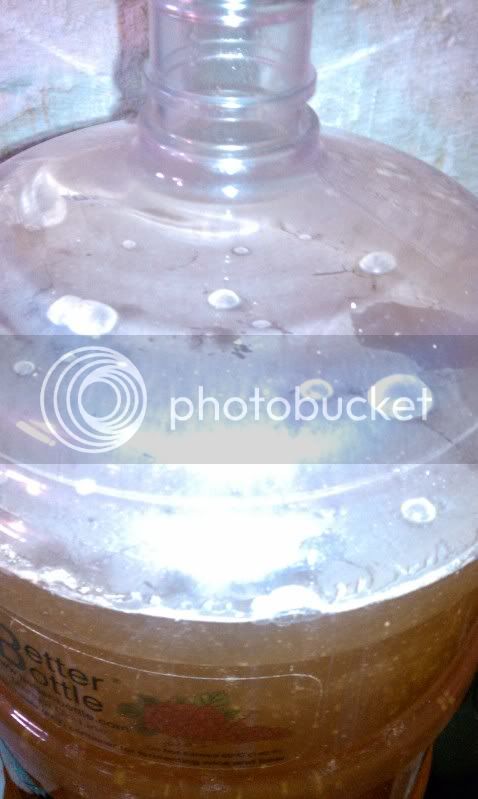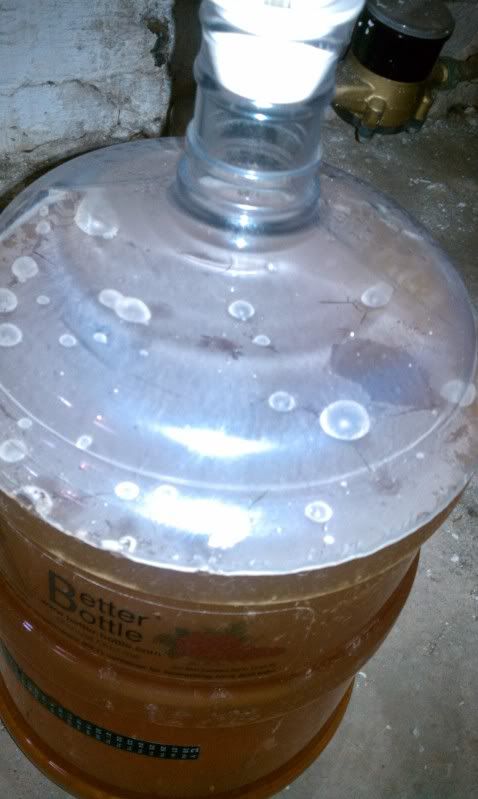Thakog
Well-Known Member
If it's not sour enough, you can always add some food grade lactic acid. You won't get anymore character out of the beer though, it just increases sourness.



I bottled the beer this weekend. I managed to break a bottle neck while capping and ended up drinking a pint of flat beer. After drinking a full pint I've decided the lactobacillus really didn't come through much at all. The Brett is there and definitely makes the beer funky but I have a feeling the Lacto didn't have time to do its thing before the ale yeast took over. I won't bother with this 3191 strain again, I'll just buy a seperate pack of Lactobacillus and add it 2-3 days before the ale yeast.
Just opened mine up to test the gravity and get a taste. The results? OG 1.030 FG 1.005 Super clear, mild brett earthiness, slight lactic in the finish, and a doughy bread aroma to the whole thing. I'm going to try to pitch some more lacto at bottling in hopes of souring it quicker. I figure that with all the sugar required to carbing it up to 3.5-4 volumes (Yay thick Belgian and and champagne bottles!) will give the lactobacillus more than enough to chew on and the bottle is a perfect anaerobic environment to let it thrive.
I'm curious how that turns out. It would be a good experiment to split the batch into two at bottling. Add more Lactobacillus to half and leave the other half as control. Or even better. . .split it into thirds and prime 1/3 with corn/table sugar plus Lacto, 1/3 with DME plus Lacto, and 1/3 with corn or table sugar and no Lacto. I'm curious if the Lacto would be able to better utilize the "less fermentable" sugars in DME and produce more acid than it would with corn sugar. I should have tried an experiment with mine. . .but I was pretty happy with the sourness at bottling. Next time. . . .
think it is optimum to pitch the Lactobacillus a week before adding the yeast. I know this sounds crazy, but it is, I think, the only way to get a sour Berliner quickly.
I've been emailing Labservices @ Wyeast about berliners and this is what they've had to say about how long to let lacto run in the worth before pitching yeast:
I'll probably give it a try when I brew a gose....
Enter your email address to join: